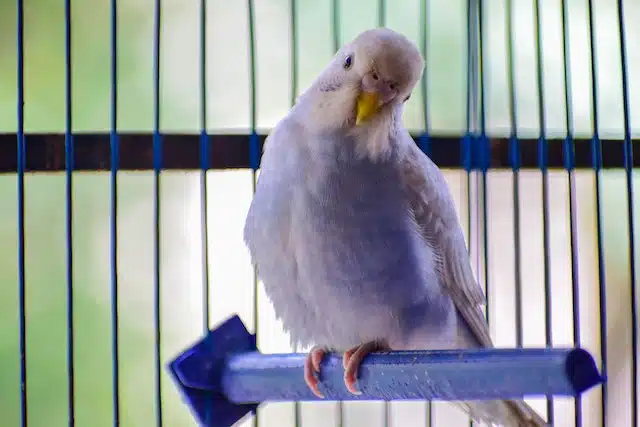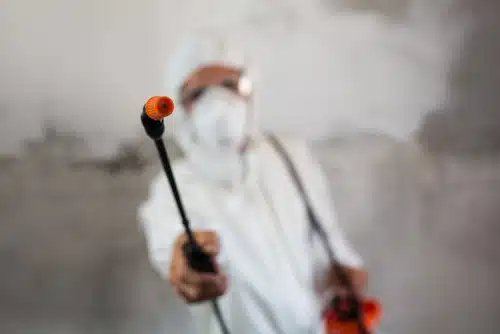Categories
Tags
animal welfare
breed profile
buying a car
buying a pet
Car
car accessories
car care
car features
car insurance
Car safety
car sales
car service
cat
cat behaviour
cat body language
Cat Breeds
cat food
cat insurance
comprehensive car insurance
Dog
Dog Behaviour
dog body language
Dog Breeds
dog food
Dog Insurance
dog training
eco friendly cars
Kitten
New Car
pet accessories
pet activities
Pet Adoption
pet breeders
pet days of the year
pet fun stuff
Pet Health
pet insurance
pet parenting
Pet Safety
pet services
Puppy
rescue pets
road safety
road trip
safe driving
Recent Blog:
Facebook Posts
2 days ago
Growing old sometimes means we can’t take care of pets anymore. Find out some advice on what to do when this happens:![]()
![]() Senior Pet Parents – Contingency Plans for Your Pet – bit.ly/44bzwkS
... See MoreSee Less
Senior Pet Parents – Contingency Plans for Your Pet – bit.ly/44bzwkS
... See MoreSee Less
Senior Pet Parents' Contingency Plans for Pets
www.pd.com.au
Sometimes senior pet parents need more downtime. For older pet owners, this can be tricky to navigate if their dog or cat is full of beans and wants to4 days ago
Before you rev up the engine, let’s run through a checklist of things to do before starting your car. Not only do these steps ensure your safety (and that of others around you), but they also help in maintaining your vehicle's longevity.![]()
![]() Driving Tips: Your Checklist Before Starting Your Car -
... See MoreSee Less
Driving Tips: Your Checklist Before Starting Your Car -
... See MoreSee Less
Driving Tips: Your Checklist Before Starting Your Car
www.pd.com.au
Heading out for a drive? Hold up a second! Whether you're dashing off to work, running errands, or embarking on a road trip adventure, there are a few1 week ago
Are intestinal worms setting up camp in your dog’s gut without paying rent? Here’s how to spot the main culprits and get rid of them too:![]()
![]() Preventing, Identifying and Treating Intestinal Worms in Dogs - bit.ly/43YjCKu
... See MoreSee Less
Preventing, Identifying and Treating Intestinal Worms in Dogs - bit.ly/43YjCKu
... See MoreSee Less
Preventing, Identifying and Treating Intestinal Worms in Dogs
www.pd.com.au
Intestinal worms, such as roundworms in dogs are one of the least glamorous topics on the planet. These intestinal parasites that basically use our dogsUnfortunately, your pet isn’t the only animal around your home. There are not so welcome ones too – cockroaches, ants, spiders… sometimes even rats, mice and possums. Most people will at some point bring in a pest controller to encourage these little beasts to say goodbye and find another home (to put it nicely). When this happens, you’ll want to make sure you pet isn’t affected too. So, how do you keep pets safe during a pest treatment?
Reading this article will help.
1. Communicate with a trustworthy pest controller
Any pest controller worth their weight will want to do the best thing by you and your family members. A professional pestie will be very mindful of your pets as they go around spraying, setting traps and so on.
When asked, they should be able to readily provide you with advice on how to keep your pet/s safe. Have an open conversation about it before your book them in, to ensure they really know what they’re doing when it comes to keeping pets safe before, during and after treatment.
Be sure to tell them about every pet you have so they know what to expect and can provide the most suitable advice. It allows them to tailor the treatment to suit your circumstances, from the type of product used to the location of baits.
It needs to be a team effort to keep your furry, scaled and feathered friends safe!
Also note that your pestie should be able to show you their Safe Work Method Statement. They should conduct a thorough risk assessment before applying any chemicals to the property, too.
This lets you know they have your family’s safety top of mind, including that of your pets.
2. Take away or restrain
The best way to keep pets safe during pest control treatments is – unsurprisingly – to remove them from the area. If they’re not there they can’t be harmed in any way. That might mean taking them to a family member’s home, to work, to doggy daycare or to a boarding kennel.
Obviously this isn’t always possible, so if they are still at home during the treatment, safely restrain or cage them as far aware from the work area as possible. A dog pen or crate could assist to safely confine your pet during the treatment. These can be hired if you don’t have one, or you could potentially borrow one from a friend or vet.
If the backyard is the problem spot, your pet should be kept inside for as long as advised. In this instance, it’s important to close all entry points to the home (windows, cracks under doors, etc) so chemicals can’t blow inside.
Also remember to cover your pet’s food and water bowls until the pest treatment is well and truly over. Even better, thoroughly clean them with detergent or put them through the dishwasher before filling with fresh food and liquid.
Your furry friend shouldn’t be returned to the area until the products used have completely dried and spray drift cannot occur. Ask your pestie about the best timing that keeps pets safe during the pest treatment..
3. Cover any pet tanks
Pet-safe pest control isn’t limited to pawed creatures, of course. Scaley critters need protecting, too.
If the treatment is to occur inside, make sure you cover any fish or reptile tanks with a heavy blanket. The blanket should cover the tank completely and prevent outside air from seeping in.
Alternatively, fish or reptile tanks could be moved to a room in the house that’s not being treated. Even so, still cover the tank with a blanket and place a door snake or rolled up towel at the bottom of the door.

4. Remove bird cages
If you have a bird, it’s important to move it well away from the treatment area. Birds have delicate lungs thanks to their super efficient respiratory system, so it’s crucial to keep them away.
If the treatment area is inside, move the bird cage outside. Ideally, as far from the home as possible. You should take the added precaution of covering the cage in a sheet or blanket.
Also ensure the windows are closed during the treatment, so chemicals don’t drift out and reach your tweeter. Don’t return it to the treatment area until the chemicals have dried and the room has been sufficiently aired.
If the treatment area is outside, birds in aviaries can be temporarily placed in smaller cages and moved inside. Again, ensure all windows are closed.
5Don’t take the chance
Following these tips and having a lengthy conversation with your pestie about pet safety will protect your pets from getting sick, or worse.
Just as pet insurance enables you to make quick, care-based decisions on your furbaby’s health, so too does learning simple steps to keeping pets safe during pest treatments.
Click below to get a quote today.
Share On:




